Printmaking Revolution: New Advancements in Technology, Safety, and Sustainability
£20.90£26.60 (-21%)
The most essential, indispensable resource for todays art school and university students, master printers and fine artists who work with printmaking media. This book provides the latest never-before-published advancements in the three major printmaking mediums of etching, lithography and screen-printing. With its focus on health safety practices, green sustainability goals and on the new benign bio-based, non-carcinogenic solvents, the groundbreaking information detailed in this book will make it possible for every college and university art department to embrace green, petroleum-free, non-toxic materials and practices that comply with EPA and OSHA requirements without sacrificing the quality of fine art prints.
Read more
Additional information
| Publisher | Illustrated edition (25 Jun. 2012), Watson-Guptill |
|---|---|
| Language | English |
| Hardcover | 240 pages |
| ISBN-10 | 0823008126 |
| ISBN-13 | 978-0823008124 |
| Dimensions | 22.38 x 2.26 x 28.37 cm |

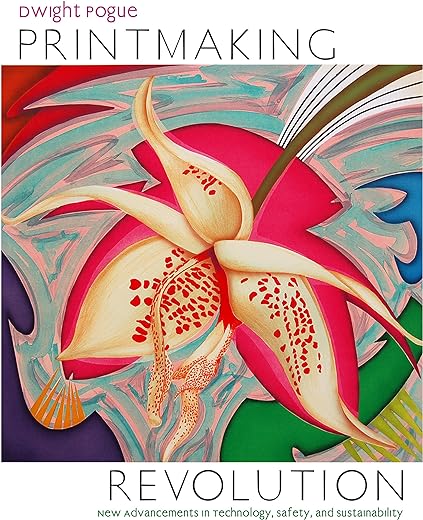
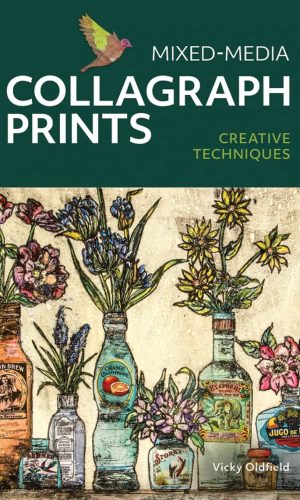
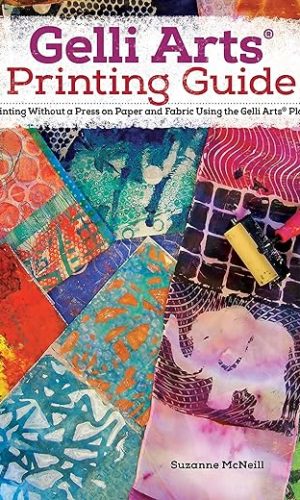

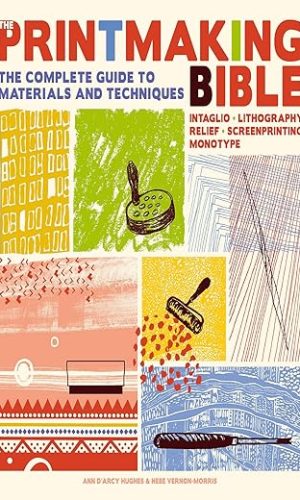
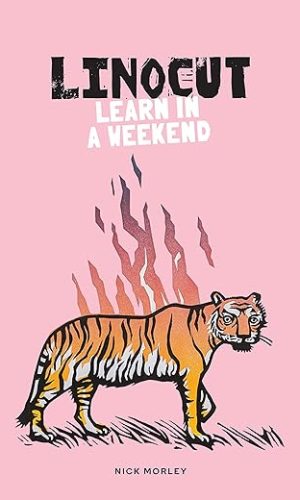


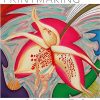
by Paul Marc
Filled with some interesting and stimulating suggestions, good accompanying colour photos and sufficient accompanying text.
by Enoch Powell
There are three aspects of this book to be assessed: firstly the book as an object; secondly its advocacy of non-toxic printmaking; and thirdly its general exposition. As a book qua book it is a handsome object, of considerable quality and profusely illustrated. Visually, all that mars it is the unfortunate choice of font for headings and sub-headings which offends notions of legibility. Understanding the actual text, however, presents no problems: Pogue’s writing style is straightforward, if somewhat conversational so that, at times, one feels one is reading a personal letter. Work illustrated is largely that of the author and his teaching colleagues; the work of their students is decidedly under-represented and one may wonder why.
The cause of environmentally-friendly, non-toxic printmaking is vigorously championed by numerous printmakers and printmaking workshops worldwide. It is a movement that can be traced back about 35 years and which continues to find more and more ways to originate prints without damage either to the artist or the environment. This book is a further contribution to a quest that no longer needs advocacy, since its credentials are well-established. So, in answer to the question “how great a contribution does this book make?” one has to say that it is somewhat limited.
In the first place it concentrates only on developments in the fields of lithography, intaglio and serigraphy, the result of work done by Pogue and others at Smith College in Massachusetts. It is not, therefore, “the definitive guide to the latest advances in printmaking” as claimed by the publisher since it ignores so many other forms of printmaking and, even in its chosen areas, highlights only those advances explored at Smith. The purpose of the printmaking workshop there is to propel these three specialisms towards ever safer practice, by finding further ways to avoid the toxicity and environmental dangers that attend earlier methods. However, there are others at work in this field whose contributions would have been included in a less partisan publication. (References are almost non-existent; nor is there a proper bibliography.) The techniques that Pogue propounds will doubtless interest experienced printmakers but will mean little to the relatively inexperienced. And the experienced will be frustrated by a lack of ancillary technical detail while being irritated by the inclusion of much in the way of banal minutiae. Extraordinarily, the topic of ink is touched upon only tangentially! Anyone outside the USA wishing to follow Pogue’s example may well be frustrated by the apparent unavailability, at present at least, of the bio-solutions and coatings evolved at Smith and upon which his advocated procedures depend.
So, having anticipated so much absorption and enjoyment from this handsome volume, this reviewer is left wondering why it was written. Academic pressure? Commercial advantage, given that the author appears also to have interests in two graphic supply companies? Its kernel could well have been extracted and republished simply as fact sheets backed by greater and internationally-appropriate detail.